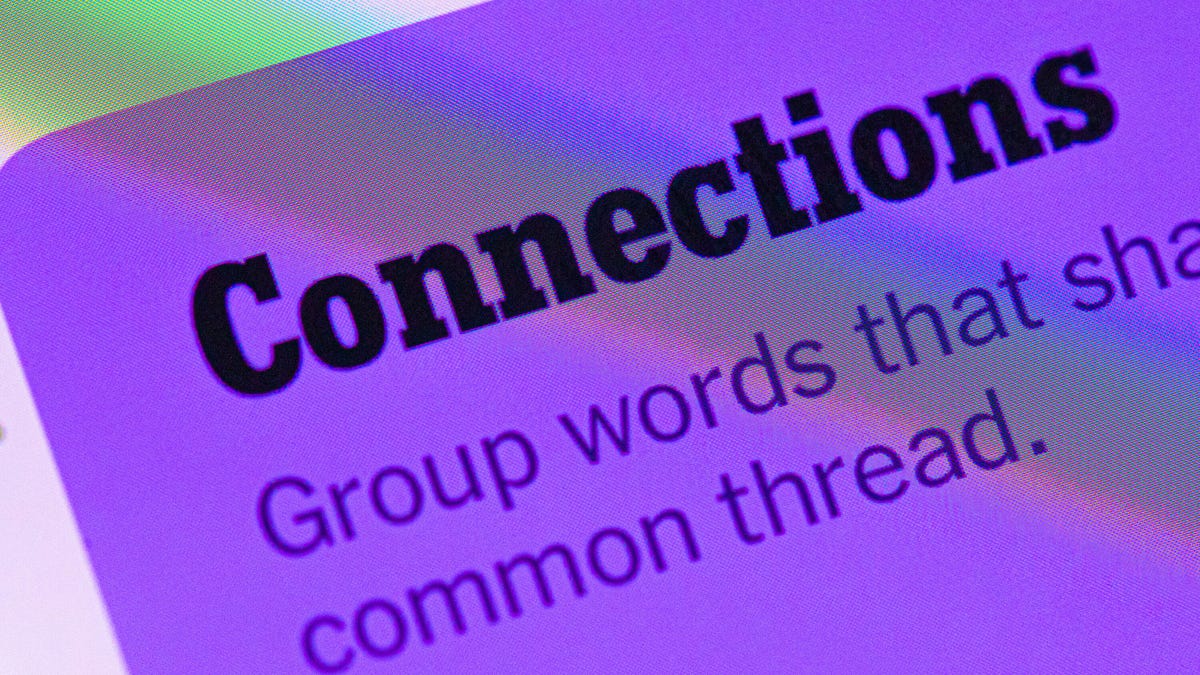Technologies
Gender inequality online is ‘expensive for all of us,’ says web inventor’s foundation
Tim Berners-Lee’s Web Foundation hopes governments will be spurred to act upon seeing the economic cost of the digital gender divide.

When women and girls don’t have access to the internet, it costs governments a lot of money. How much money, exactly, has only been estimated, until now.
New research released Monday by Tim Berners-Lee‘s Web Foundation and its subsidiary, Alliance for Affordable Internet, has calculated that over the past 10 years, 32 low- and middle-income countries have lost $1 trillion by not helping more women get online. Some of those countries include India, Nigeria and the Philippines.
The digital divide is a global problem, but there are still distinct groups that are less likely to have access to the internet. These groups can be defined by their geography, their gender, their race, or all three. Women in low- and middle-income countries are even less likely to have internet access than their male counterparts.
«This report reveals just how expensive gender inequality is for all of us,» Boutheina Guermazi, director of digital development for the World Bank, said in a statement. «For governments looking to build a resilient economy as part of their COVID-19 recovery plans, closing the digital gender gap should be one of the top priorities.»
In the 32 countries the Web Foundation looked at in its report, just over a third of women had access to the internet, compared with almost half of all men. And this divide doesn’t seem to be closing over time, even as digital connectivity plays an increasingly central role in our lives. The coronavirus pandemic has shown how vital it is to have access to internet at home, for everything from remote school to health care. Over the past decade, the gap between the number of women and men online has dropped by only half a percentage point, the Web Foundation’s research says.
The lack of internet access for women means many are excluded from education and employment opportunities, which often keeps them in poverty or other dangerous situations, without access to health care or other assistance. That alone should be enough for governments to want to try to close that gender divide, but that hasn’t always been the case.
Inclusive broadband policies for economic gains
With its new report, the Web Foundation is laying out the cost of the digital gender divide in stark economic terms, in the hope it’ll be the push that governments need to take the problem seriously. According to the report’s calculations, closing the digital gender gap in the next five years could help generate an enticing $524 billion for the economies of the countries studied.
«It is not just good social policy, but it’s also good economics … to include women and girls in the online world,» Teddy Woodhouse, the Web Foundation’s senior research manager for access and affordability, said in an interview. For him, the big test of the report will be whether the information awakens new allies and helps move the needle in closing the digital gender gap. «It’s really trying to be quite practical and thinking about how can we build a case for change,» he said.
Focusing on the broad financial implications is also a way to ensure that the digital gender divide isn’t dismissed by those in power, as gender equality debates so often are, added Ana María Rodríguez Pulgarín, one of the report’s co-authors.
«Sometimes our gender discussions are with politicians that are already working on gender equality, closing the digital gender divide and all that,» she said. «But I think we want to bring the message that this will affect everyone.»
One of the main problems identified in the research as holding women back from getting on the internet is a lack of gender-responsive broadband policy — explicit targets for ensuring women have internet access.
Governments interested in narrowing the digital gender divide have a number of areas to choose from where they implement policy, including rights, education, access and content. Woodhouse pointed to Costa Rica as an example of a country that has implemented such measures by specifically setting targets for getting more women into STEM.
Every year Costa Rica publishes a report on how it’s meeting the targets. «That’s only possible if you’re setting those indicators in the first place,» said Woodhouse. It’s an example of how creating systems of accountability can be best practice.
Internet access beyond the binary
The Web Foundation’s research on gender has focused on traditional male-female lines and doesn’t incorporate the experiences of trans or nonbinary citizens. The «crucial problem» with expanding the research, Woodhouse said, is data availability. Even getting data that’s been broken down enough to show the discrepancy between the experience of cisgender men and women (people whose personal identity and gender correspond with their birth sex) has been challenging, he added.
«To then get data that is disaggregated even more comprehensively, is essentially nonexistent in most contexts, and particularly in the economic context we’re looking at of low- and middle-income countries,» he said. In some countries, being transgender is illegal and punishable by jail time or other serious measures, making the tracking of different genders impossible.
The lack of data is something Woodhouse hopes will change. But, he added, the overall goal of the research remains the same.
The aim is that we will «see less of the idea that gender should predetermine what rights someone should have, what kind of experiences they should have, what kind of access to the internet,» Woodhouse said. «That’s going to be a net benefit for everyone.»
Technologies
Today’s NYT Connections Hints, Answers and Help for Aug. 24, #805
Here are some hints and the answers for the NYT Connections puzzle for Aug. 24, #805.

Looking for the most recent Connections answers? Click here for today’s Connections hints, as well as our daily answers and hints for The New York Times Mini Crossword, Wordle, Connections: Sports Edition and Strands puzzles.
Today’s NYT Connections puzzle is a real mix. The green category reminds me that the puzzle editors love to find common words that have second meanings that are somewhat rare. Hint: «Rent» doesn’t only mean money you pay to a landlord. Read on for clues and today’s Connections answers.
The Times now has a Connections Bot, like the one for Wordle. Go there after you play to receive a numeric score and to have the program analyze your answers. Players who are registered with the Times Games section can now nerd out by following their progress, including number of puzzles completed, win rate, number of times they nabbed a perfect score and their win streak.
Read more: Hints, Tips and Strategies to Help You Win at NYT Connections Every Time
Hints for today’s Connections groups
Here are four hints for the groupings in today’s Connections puzzle, ranked from the easiest yellow group to the tough (and sometimes bizarre) purple group.
Yellow group hint: Cheers!
Green group hint: You don’t want this to happen to your pants.
Blue group hint: Sssss…
Purple group hint: Do this with a phone.
Answers for today’s Connections groups
Yellow group: Wine vessels.
Green group: Ripped.
Blue group: Kinds of snakes.
Purple group: ____ call.
Read more: Wordle Cheat Sheet: Here Are the Most Popular Letters Used in English Words
What are today’s Connections answers?
The yellow words in today’s Connections
The theme is wine vessels. The four answers are bottle, carafe, decanter and glass.
The green words in today’s Connections
The theme is ripped. The four answers are cleft, rent, split and torn.
The blue words in today’s Connections
The theme is kinds of snakes. The four answers are coral, garter, king and rattle.
The purple words in today’s Connections
The theme is ____ call. The four answers are booty, close, cold and curtain.
Technologies
Today’s NYT Connections: Sports Edition Hints and Answers for Aug. 24, #335
Here are hints and the answers for the NYT Connections: Sports Edition puzzle for Aug. 24, No. 335.

Looking for the most recent regular Connections answers? Click here for today’s Connections hints, as well as our daily answers and hints for The New York Times Mini Crossword, Wordle and Strands puzzles.
Today’s Connections: Sports Edition is tough. I played some darts in bars back in the day, but I didn’t know very much about the game, apparently. Read on for hints and the answers.
Connections: Sports Edition is out of beta now, making its debut on Super Bowl Sunday, Feb. 9. That’s a sign that the game has earned enough loyal players that The Athletic, the subscription-based sports journalism site owned by the Times, will continue to publish it. It doesn’t show up in the NYT Games app but now appears in The Athletic’s own app. Or you can continue to play it free online.
Read more: NYT Connections: Sports Edition Puzzle Comes Out of Beta
Hints for today’s Connections: Sports Edition groups
Here are four hints for the groupings in today’s Connections: Sports Edition puzzle, ranked from the easiest yellow group to the tough (and sometimes bizarre) purple group.
Yellow group hint: Whack!
Green group hint: Sunshine State.
Blue group hint: Popular bar game.
Purple group hint: They have halos.
Answers for today’s Connections: Sports Edition groups
Yellow group: Used to hit a ball.
Green group: A South Florida athlete.
Blue group: Darts terms.
Purple group: Angels to win MVP.
Read more: Wordle Cheat Sheet: Here Are the Most Popular Letters Used in English Words
What are today’s Connections: Sports Edition answers?
The yellow words in today’s Connections
The theme is used to hit a ball. The four answers are bat, club, paddle and racket.
The green words in today’s Connections
The theme is a South Florida athlete. The four answers are Buccaneer, Dolphin, Marlin and Panther.
The blue words in today’s Connections
The theme is darts terms. The four answers are Big Fish, Bull’s-Eye, Nine-Darter and Oche.
The purple words in today’s Connections
The theme is Angels to win MVP. The four answers are Baylor, Guerrero, Ohtani and Trout.
Technologies
The Star of Made by Google Wasn’t the Pixel 10. It Was Jimmy Fallon
-

 Technologies3 года ago
Technologies3 года agoTech Companies Need to Be Held Accountable for Security, Experts Say
-

 Technologies2 года ago
Technologies2 года agoBest Handheld Game Console in 2023
-

 Technologies2 года ago
Technologies2 года agoTighten Up Your VR Game With the Best Head Straps for Quest 2
-

 Technologies4 года ago
Technologies4 года agoVerum, Wickr and Threema: next generation secured messengers
-

 Technologies4 года ago
Technologies4 года agoGoogle to require vaccinations as Silicon Valley rethinks return-to-office policies
-

 Technologies4 года ago
Technologies4 года agoBlack Friday 2021: The best deals on TVs, headphones, kitchenware, and more
-

 Technologies4 года ago
Technologies4 года agoOlivia Harlan Dekker for Verum Messenger
-

 Technologies4 года ago
Technologies4 года agoiPhone 13 event: How to watch Apple’s big announcement tomorrow
